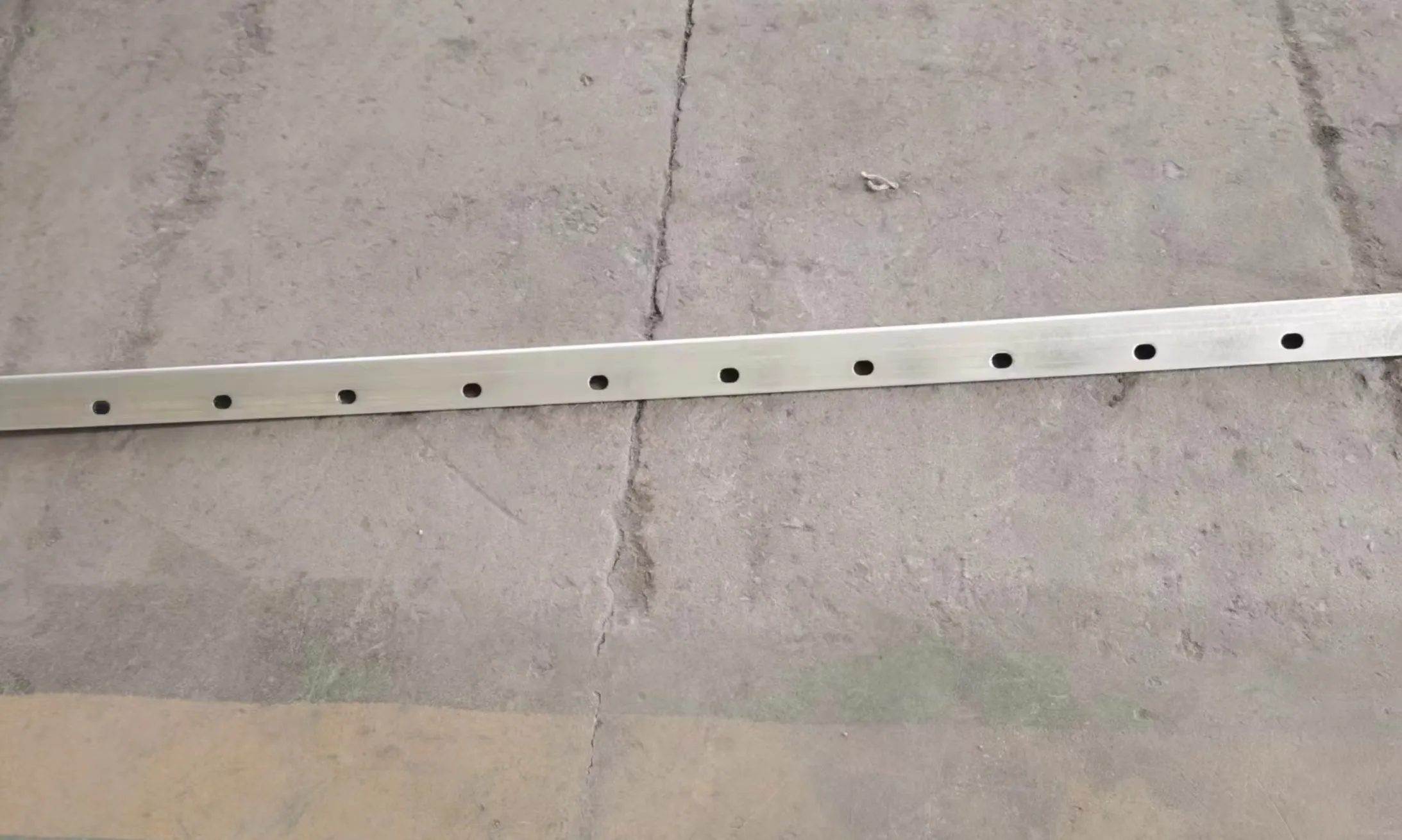loading...
- No. 9, Xingyuan South Street, Dongwaihuan Road, Zaoqiang County, Hengshui, Hebei, China
- admin@zjcomposites.com
- +86 15097380338
- Welcome to visit our website!
frp stair
The Future of Architecture FRP Stairs
In the realm of modern architecture and design, the use of innovative materials stands at the forefront of creating not only aesthetically pleasing structures but also functional and sustainable environments. One such material that has gained prominence in recent years is Fiber-Reinforced Polymer (FRP), a composite material that combines plastic resin with various reinforcing fibers, predominantly glass, carbon, or aramid fibers. Among its myriad applications, FRP has emerged as a revolutionary choice for stair construction.
The Future of Architecture FRP Stairs
Durability is another hallmark of FRP. Unlike metal and wood, FRP does not corrode, rust, or decay. This resilience makes it ideal for environments exposed to moisture, chemicals, or harsh weather conditions. Consequently, FRP stairs are particularly suitable for outdoor applications, industrial facilities, and locations where maintenance is challenging. With the ability to withstand wear and tear, these stairs can last for decades, further enhancing their appeal.
frp stair

Moreover, FRP is celebrated for its design flexibility. The material can be molded into various shapes and sizes, offering an array of design options that cater to contemporary architectural aesthetics. This flexibility allows architects and designers to create unique stair designs that can serve as focal points in a space, thus enhancing the overall ambiance of a building.
Safety is a paramount concern in stair design, and FRP excels in this regard as well. The composite material can be engineered to include slip-resistant surfaces, making FRP stairs a safer option for high-traffic areas. This characteristic is particularly important in settings such as schools, hospitals, and public venues, where safety cannot be compromised.
Sustainability is a growing priority in construction, and FRP contributes to eco-friendly practices. Many FRP products are made from recycled materials, and the extended lifespan of FRP stairs reduces the need for frequent replacements. This longevity, combined with lower maintenance requirements, results in a reduced environmental footprint, aligning with the goals of sustainable architecture.
In conclusion, FRP stairs represent a significant advancement in construction materials, merging durability, safety, design flexibility, and sustainability. As the architectural field continues to evolve, the integration of FRP in stair design is likely to become increasingly prevalent, reflecting a commitment to innovation and responsible building practices. Whether enhancing the elegance of a commercial building or providing functional solutions for industrial facilities, FRP stairs are poised to shape the future of architecture.
-
Transform Your Spaces with FRP Grating SolutionsNewsNov.04,2024
-
The Versatility and Strength of FRP RodsNewsNov.04,2024
-
The Excellence of Fiberglass Water TanksNewsNov.04,2024
-
The Benefits of FRP Grating for Your ProjectsNewsNov.04,2024
-
Elevate Your Efficiency with FRP Pressure VesselsNewsNov.04,2024
-
Welcome to the World of FRP Pressure VesselsNewsOct.12,2024
-
Unveiling the Future of Filtration: Why FRP Filter Vessels are a Game ChangerNewsOct.12,2024
